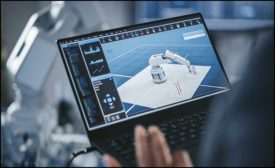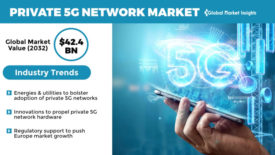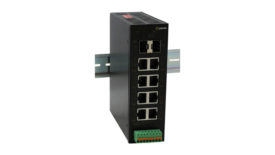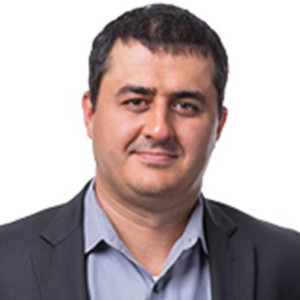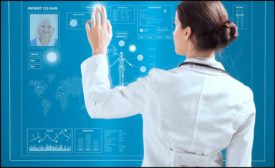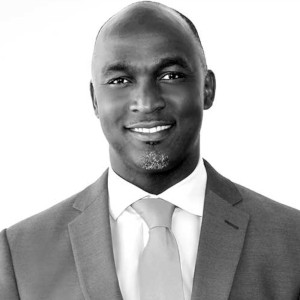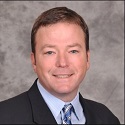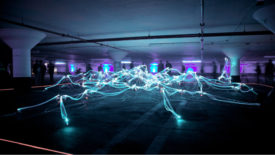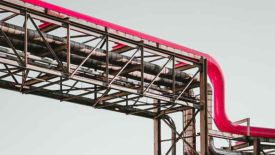Home » Keywords: » IoT
Items Tagged with 'IoT'
ARTICLES
Private 5G network market is projected to experience rapid growth
The evolution of Industry 4.0 and the Internet of Things (IoT) necessitates high-performance, low-latency connectivity
February 26, 2024
The Terminologies, Ideologies, and Philosophies Behind Building Automation Design
Considering the myriad of options in front of us, where does one start in the process of designing and/or installing a BAS?
December 6, 2022
Using the IoT to Design a Smart Hospital
The future of design, when it comes to buildings and places, will be focused on safety, wellness, occupant experience, and personalized feedback.
November 2, 2022
Get our new eMagazine delivered to your inbox every month.
Stay in the know on the latest HVACR engineering trends.
SUBSCRIBE TODAY!Copyright ©2024. All Rights Reserved BNP Media.
Design, CMS, Hosting & Web Development :: ePublishing
